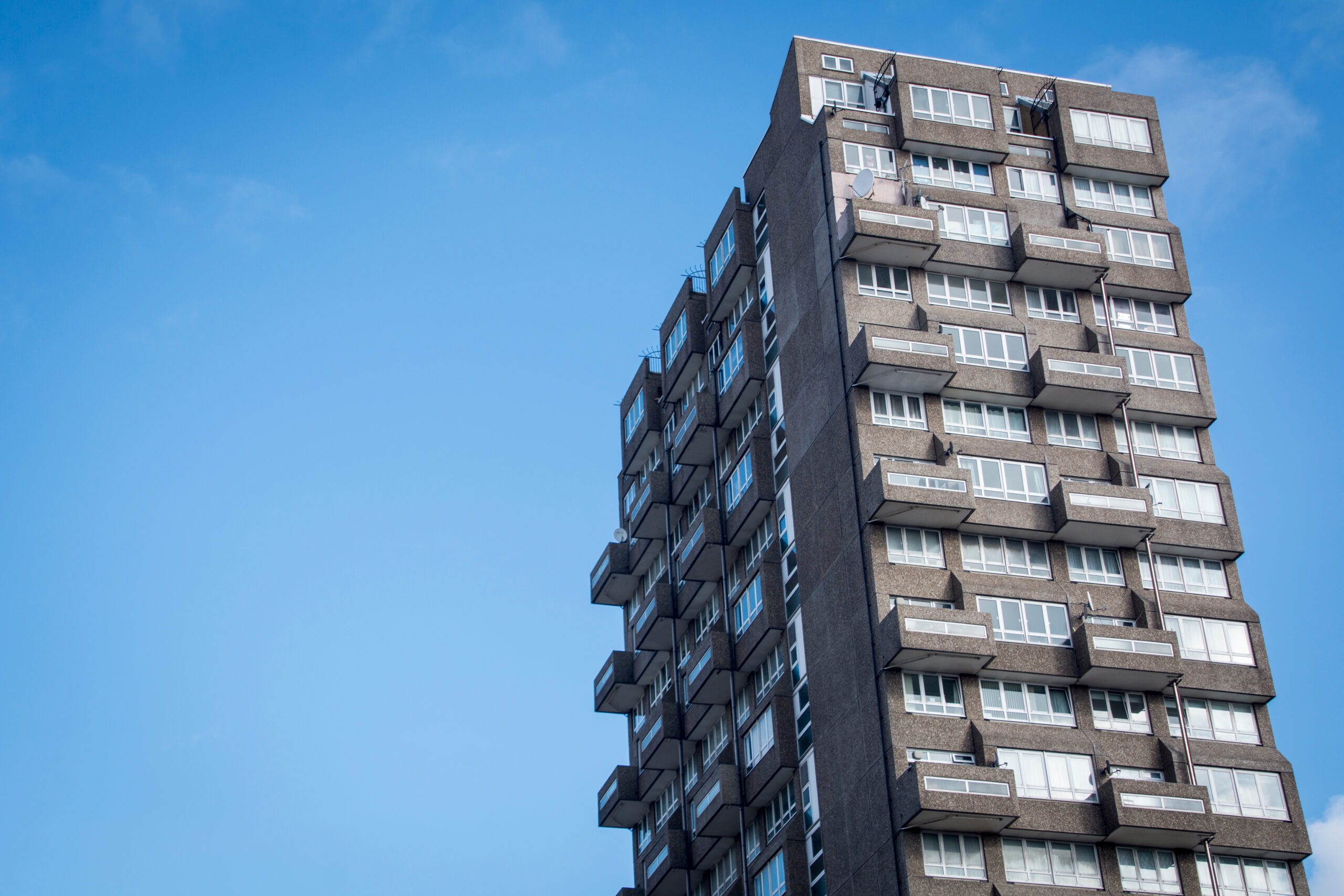The Building Safety Act 2022 (BSA 2022) introduced leaseholder protection measures to ensure the safety of high-rise residential buildings. The government has committed to protecting leaseholders from the unfair burden of remediation costs to make their home safe. This article outlines the key components of landlord and leaseholder certificates, both of which are important terminology under the act.
Landlord Certificate
A landlord’s certificate is completed by the relevant landlord (landlord as of 14 February 2022) to pass on historical safety remediation costs to a leaseholder.
The landlord’s certificate demonstrates:
- whether the relevant landlord meet the contribution condition on 14 February 2022 (the ‘net worth test’); or
- whether the relevant landlord is associated with the person responsible for the defects (the ‘developer test’)
Landlords cannot recover a service charge from leaseholders to remedy relevant defects where either test is met.
Under the BSA 2022, a landlord must provide a completed certificate in the following circumstances:
- They wish to pass on remediation costs via the service charge
- Within four weeks of receiving notice of sale from the leaseholder
- Within four weeks of the landlord becoming aware that a defect was not covered by a previous landlord’s certificate
- Within four weeks of any requests for a landlord’s certificate from a leaseholder
- Within four weeks of becoming aware of receiving a new leaseholder deed of certificate that amends an earlier one, and requires a new landlord’s certificate
Landlords will be deemed to be responsible for the relevant defect, if they fail to provide the certificate within the four-week period – this applies to all leaseholders (whether they are qualifying or not).
Leaseholder Certificate
A leaseholder’s certificate confirms whether the leaseholder qualifies for protections under the act. It provides details about value and ownership of the property as of 14 February 2022.
If the lease is a qualifying lease, this means the current leaseholder and future leaseholders can benefit from the leaseholder protections, including:
- being covered by the contribution caps for the remediation of non-cladding relevant defects
- no service charge is payable under a qualifying lease for remediation of relevant defects if the landlord meets the developer test or contribution condition
If you are selling a lease, you will normally be required to provide a leaseholder’s certificate to the buyer to demonstrate whether the lease qualifies.
You can choose to produce a certificate at any point to confirm your qualifying status.
You must provide a certificate if notified in writing by your current landlord, either because of a sale or there is a relevant defect in the building.
Have questions? Get in touch today!
Call us on 020 7928 0276, phone calls are operating as usual and we will be taking calls from 9:30am to 6:00pm.
Email us on info@lisaslaw.co.uk.
Or, use the contact form on our website. Simply enter your details and leave a message, we will get right back to you: https://lisaslaw.co.uk/contact/
For more updates, follow us on our social media platforms! You can find them all on our Linktree right here.






